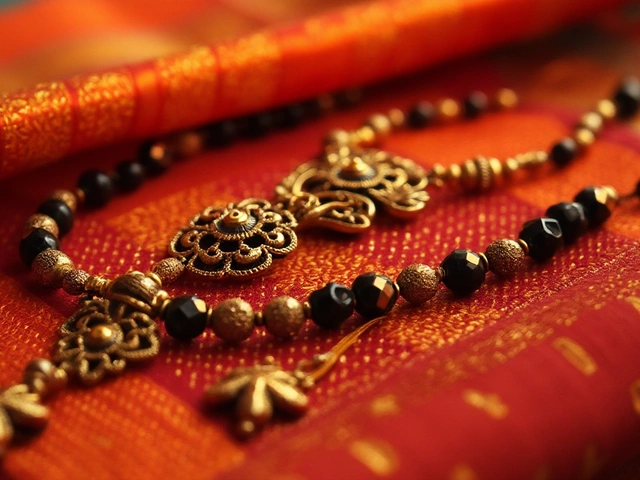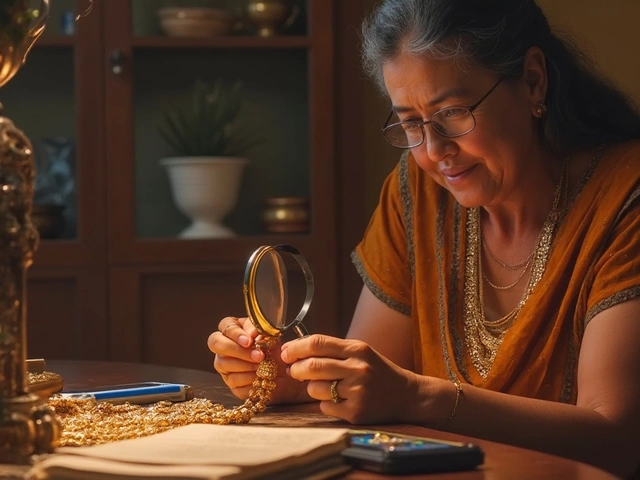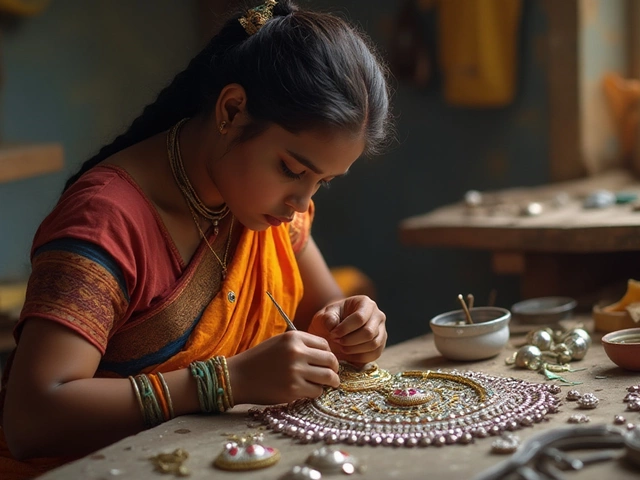Jewelry Selling Made Simple: Get the Best Price for Your Pieces
Thinking about turning that old necklace or a handful of coins into cash? It’s not as tricky as it sounds. The key is knowing what to look for, when to sell, and who to trust. Below you’ll find a step‑by‑step guide that covers everything from checking hallmarks to picking the right buying season.
Check the Hallmarks and Purity First
The first thing any buyer will ask for is proof of purity. On gold, look for numbers like 875 (which means 21K) or the BIS hallmark that guarantees it’s genuine. Silver often shows 833, meaning 83.3% pure. If the stamp is missing, use a magnet test – real gold or silver won’t stick. For gemstones, a simple scratch test can reveal if a stone is real or just glass.
Know When to Sell for Maximum Return
Gold prices swing with the market, and Indian buyers know the best months. Historically, the months after major festivals (like Diwali) see a dip in prices, while the run‑up to wedding season drives them up. If you can wait, aim for the months when gold rates historically dip – typically around October to December – then strike when they start rising again.
Silver follows a similar pattern but reacts more quickly to industrial demand. Keep an eye on global silver trends; a dip in the stock market often lifts silver prices.
For diamonds and other precious stones, the resale market is less about seasons and more about certification. A GIA‑certified stone fetches a higher price, so always keep your paperwork handy.
Pick the Right Buyer: Store, Online, or Auction?
Local jewelers can give you cash on the spot, but their offers may be lower than online platforms that have bigger margins. Reputable online buyers often provide a free appraisal and a transparent price breakdown. If you have high‑value vintage pieces, consider an auction house – they attract collectors willing to pay a premium for unique items.
Before committing, get at least three quotes. A quick phone call or email can reveal big price gaps, and you’ll know which buyer values your pieces the most.
Packaging and Presentation Matter
When you’re selling, presentation isn’t just for looks. Clean your jewelry gently with a soft cloth, and pack it in a sturdy box. Include any certificates, original receipts, and a brief note about the piece’s history. Buyers appreciate the extra effort and are more likely to trust your authenticity, which can bump up the price by a few percent.
If you’re selling a set (like a matching necklace and earrings), bundle them together. Sets often command better rates because the buyer doesn’t have to source matching pieces themselves.
Beware of Common Pitfalls
Don’t fall for buyers who promise “instant cash” without seeing the item first. Always meet in a safe, public place or use a reputable escrow service if you’re dealing online. Also, avoid getting caught up in emotional pricing – stick to market rates and the data you’ve gathered.
Finally, keep records of every sale. Not only does this help with future resale value calculations, but it also protects you in case of any disputes.
Sell smart, stay informed, and you’ll turn that old jewelry into the cash you need without leaving money on the table.
Mastering the Art of Antique Jewelry Selling: Tips and Insights
Navigating the antique jewelry market can be both exciting and daunting. Key strategies include understanding current market trends, recognizing popular periods and styles, and knowing how to evaluate pieces for value and authenticity. Successful sellers also need insights into effective pricing strategies and marketing techniques. With the right knowledge, anyone can tap into the lucrative world of antique jewelry.





